- Home
- Jackie French
The Animal Stars Collection Page 44
The Animal Stars Collection Read online
Page 44
But the expedition was about more than money. This was a time when the whole idea of exploring was romantic—the idea of white men pitting themselves against an unknown country.
In actual fact, the white ‘explorers’ usually had local guides to show them where to go. Even Burke’s assistant, Wright, was helped by Indigenous guides like Watpipa and the man remembered only as ‘Dick’, who went with Trooper Lyons and Alexander MacPherson when they set out from Menindie to take official letters to Burke. Lyons and MacPherson became lost, but Dick took them to the local Indigenous people, who looked after them, while Dick walked for eight days (his horse was too exhausted to continue) back to camp to get help for them.
Burke and his companions died mostly because Burke was unable to get on with the local people who had been living there for tens of thousands of years. But in those days only what white male Europeans did really counted.
This expedition would be big—the first journey by Europeans right across the centre of Australia—if the explorers made it across and could return alive.
A Melbourne businessman contributed £1000 on the condition that the public gave £2000 too. And they did! And the Victorian Government put in £6000. This was an extraordinary amount of money in the days, about what thirty men would earn in a year. But this was soon after the Victorian Gold Rush. Marvellous Melbourne (also known as Smelbourne because the Yarra River stank) was full of money and self-importance.
The supplies were lavish too. The explorers set out with an incredible twenty tons of baggage. In fact, the expedition became a byword for luxurious and silly items. An axe could have done a far better job of marking the trees than the special branding iron with the words ‘B/VE’—especially as the camels and wagons had to carry six tons of firewood too!
At first it looked like Colonel Warburton, South Australia’s Police Commissioner and an experienced bushman, was going to lead the expedition. But at the last minute Robert O’Hara Burke was given the job instead.
Why? Burke was a Victorian police superintendent. He had never handled camels. He wasn’t an experienced bushman either. But as an ex-military man Burke was supposed to be used to commanding men—and he was a Victorian, not a South Australian! He also had good political connections. There is a theory, too, that Burke promised the expedition’s backers first go at claiming any rich farmland he discovered.
Burke was an appalling choice. He was impulsive, had a violent temper, and threatened the local people who might have helped the expedition—both Aboriginal and European. His record-keeping was so bad that we simply don’t know why many of his decisions were made. If it were possible to make a mess of things, Burke did.
But most of all Burke was just a poor bushman, without the experience or intuition to look at the land around him and work out the best way to survive.
The second-in-command of the expedition was to be George Landells. He too had a quick temper, and was very protective of his authority over the camels, though in fact he knew very little about them.
Brahe dug up the boxes and saw that Burke and the others had been back. But because Burke hadn’t thought to put another blaze on the tree to say to dig under the boxes, Brahe missed Burke’s note saying which way they’d gone.
Brahe left no more messages at the ‘Dig’ tree. So a couple of weeks later when Burke sent Wills back to see if anyone had come looking for them nothing seemed to have changed. Wills buried his records and a note begging anyone who read them to send help.
What really did kill Burke and Wills?
Most of the deaths in the expedition were from starvation, or poor food, leading to scurvy or dysentry.
But Burke and Wills had enough food to survive. They actually died of nardoo poisoning.
Nardoo (Marsilea drummondii) is a water fern. It looks a bit like a giant four-leaf clover, with green leaves and red in the centre. Like all ferns, nardoo doesn’t have flowers or seeds. Instead it produces spores. As the fern matures, its rhizome, or underground root, produces ‘sporocarps’, hard, starchy, nut-like clusters of spores about nine millimetres long.
The Cooper’s Creek channel country is dry most of the time. But when rains fill the channels the nardoo plants spring up in great green carpets, and as the floods die down the plants leave their spores in the mud. When it rains again they too will spring to life.
When Burke, Wills and King began to prepare their own nardoo they ground up the plant—sporocarps and all—and mixed it with water into a thin paste, as they thought the local Yandruwandha people did.
But they’d missed a vital step. The Yandruwandha people roasted the spore cases before they ground them up on big flat grinding stones.
Burke, Wills and King ate about two kilograms of nardoo each day—it was just about all they were eating, apart from a bit of crow meat. But they grew thinner and thinner. Their legs started shaking too.
These days we know that nardoo contains an enzyme called thiaminase, which breaks down thiamine (vitamin B1). Without thiamine our nerves and brains don’t function properly, and our bodies can’t make ATP, a complex molecule that provides energy so our cells can work. Thiamine deficiency leads to the disease beri beri. Your hands and legs start shaking, you feel weak, your heart becomes enlarged and you slowly starve to death, even with enough food. When the Yandruwandha people roasted their nardoo they changed it from a toxic plant into an excellent and quite tasty food, used either as a thin soup or gruel, or made into cakes and baked on hot stones.
If Burke, Wills or King had watched the Yandruwandha people more closely they would have had enough food to survive till the rescue party arrived. They could even have asked the Yandruwandha for help to reach Mount Hopeless. But if Burke had been the sort of man who took advice, the expedition would have been an easy one, instead of a tragedy.
Burke’s Achievements
The expedition which had started out with such grand hopes achieved very little. Even cattle couldn’t long survive the repeated dry times in the new areas Wills surveyed. Not even a road marks the way they went.
Ironically the scientific data recorded by Dr Becker, Dr Beckler and gallant Mr Wills—who kept on recording and surveying even when he was starving on the way back from the Gulf—are probably the most valuable results of the tragic waste of life and effort, even though Burke disliked and insulted Dr Becker and Dr Beckler, and was contemptuous of their scientific efforts.
Burke’s greatest contribution has probably been to Australian legends and stories. For many years he and his party were seen as tragic heroes, defeated by a harsh land. Later they were seen as lost Europeans, and Burke as a driven, disorganised madman. Probably neither of these is accurate—just as in this book all three of the main characters see Burke in very different ways. But Burke left few written records. He is now remembered mostly by the opinions of others.
Grey’s Creek
Now called the Diamantina.
The Itch
Possibly mange, caused by small biting creatures, or hair loss due to starvation and overwork and infected scratches.
Johnny cakes
Basic ones were just flour and water baked on a stick over the fire, or fried in fat in a pan. Others had fat of some sort (butter, mutton fat) and sugar, honey or treacle added, or even currants. But King’s were probably just flour and water.
Flour and water gruel (also called skilligee)
This was made for sick people, and supposed to be good for you. It’s pretty horrible—just flour (or ground rice or potato flour) cooked with water. But Grey couldn’t have cooked his without the others noticing, so he probably just ate raw flour mixed with water, hoping it would help stop his diarrhoea.
Fever
Take your pick! In India King may have suffered from malaria, typhoid, dysentery, cholera or several other illnesses that give you a high fever. The sick men on the expedition may have had what used to be known as Barcoo Rot, a (mostly) skin disease, or Barcoo Fever, also called ‘Barcoo Vomit’ or ‘Barcoo Spew
s’. People with Barcoo Rot had sores over their body, sometimes fungal infections on their skins, swelling and weakness. It was caused by a poor diet and bad hygiene. People with Barcoo Fever had a high temperature, vomiting and diarrhoea. It may have been caused by blue-green algae in the rivers (the toxin is still there even if you boil the water). But they were also drinking water that was polluted by animal and human faeces, living closely with animals and not washing, so they may have had any one of dozens of bacterial, viral, fungal or parasitic infections. Poor food and bad hygiene were the killers, rather than simple starvation.
Cooper’s Creek
Cooper’s Creek is usually just a series of waterholes, some shallow, one twenty-seven metres deep, but when it floods deep water rushes into a maze of channels. When the floods dry up only the channels in the sand are left, with no clear clue which is the main river.
The explorer Captain Charles Sturt named Cooper’s Creek on 13 October 1845 after the South Australian judge Charles Cooper. There wasn’t much water in it when he crossed it, so he called it a ‘creek’ instead of a river.
The Yandruwandha’s use of English words
Even if none of the Yandruwandha had met English speakers before, they may still have known a few English words. The local Aboriginal nations had trade routes over thousands of kilometres, following what are now known as Cooper’s Creek and the Diamantina and Georgina rivers. Sea shells came from the north, axe heads, ochre and spears from the south—and probably news of the new settlers too, along with a few words of their English language.
Memorials
Tourists can now visit the ‘dig’ tree, where Brahe buried the supplies—though it may be the wrong tree. There’s a memorial cairn, twenty kilometres west of Innamincka, which is roughly in the area where William Wills’ body was found by the rescue party in September 1861. There’s also a memorial plaque where Burke’s body was found, about eight kilometres east of Innaminka. (The rescue party took both bodies back to be buried again in Melbourne.) There is also a stone cairn with the words ‘KING’ in the area where King was found with the Yandruwandha people.
Acknowledgments and Thanks
The most fascinating pieces of stories of the Burke and Wills expediton are the bits we don’t know. The records tell us how much they paid for firewood, but little about nearly all the men on that doomed journey, especially the cameleers. I was lucky enough to have the help of Barry Hooker, author of Indonesian Islam: Social Change through Contemporary Fatawa (2003), Islamic Law in South-East Asia (1984) and Indonesian Syari’ah: Defining a National School of Islamic Law (2008). It is impossible to thank Barry enough for the extraordinary breadth of expertise he lent me so that I could work out the backgrounds of this extraordinary band of ‘Afghans’. All errors are mine, not his.
And as always, so many, many thanks to the team who also created this book: To Lisa Berryman and Liz Kemp, who demanded I rewrite a story with humans, not just camels; to Kate O’Donnell, who has carefully guided each incarnation on its way; to Natalie Winter, for the magic of her covers; to Angela Marshall who turns a scribble into text; and to Emma Kelso, who as always slashed, mashed and suggested, and made this book far richer than it could ever have been without her.
PS: Many details in this story may conflict with material on the web about the expeditions, or even in one of the journals written at the time. Please don’t write to tell me! Many of the documents written by members of the expedition (or those close to them like Wills’s father, who wrote a book defending his son) contradict each other. As with most stories from the past, there are many possible versions of what happened.
The Dog who Loved a Queen
Jackie French
DEDICATION
To Emma with love
and much gratitude!
And to
Lisa, Kate and Liz.
Table of Contents
Title Page
Dedication
Maps
Prologue
Chapter 1 I Discover the World
Chapter 2 I am Taken Away from the Island
Chapter 3 How I Come to be Alone
Chapter 4 I Leave Scotland and Venture into the Land of the Enemy
Chapter 5 I Arrive at the Castle
Chapter 6 I Meet the Queen
Chapter 7 I Learn to Go Outside and Not Do THAT on the Carpet
Chapter 8 I Learn About Smells and Baths and Meet a Bone
Chapter 9 I Meet the Queen Again
Chapter 10 I Decide to Make the Queen Love Me
Chapter 11 I Become a Mighty Hunter for my Queen
Chapter 12 I Become the Lapdog to the Queen and She Has a Bath
Chapter 13 I First Eat a Queen’s Dinner and All the Turkey that I Want!
Chapter 14 My Queen Plans and I Help Her
Chapter 15 How the Queen and I Come to Tutbury
Chapter 16 Things Change for My Queen and Me
Chapter 17 My Queen Leaves Chartley Hall
Chapter 18 I am Abandoned
Chapter 19 My Queen Comes Back to Me
Chapter 20 I Sleep too Soundly to Warn My Queen
Chapter 21 I Find My Queen and Please Her With My Singing
Chapter 22 I Try to Help My Queen
Chapter 23 My Queen is Happy
Chapter 24 I Decide Not to Let My Queen Go Again
Chapter 25 I Tell the End of My Story
A History Of Mary’s Life
What Happened After Mary’s Death
Notes On The Text
Maps
PROLOGUE
Once upon a time…
Once upon a time (on 8 December 1542, to be exact) a princess was born in Scotland. Six days later her father died, and she became Queen: Mary, Queen of Scots.
The King of neighbouring England, Henry VIII (who married six wives, beheaded two and declared he was head of the English Church so he could divorce another), decided that he wanted the baby Queen to marry Edward, his son, to unite the two countries.
Scotland and England had been enemies for hundreds of years. England was bigger, and much richer, but Scotland had managed to stay independent.
Mary was also related to Henry’s sister. This meant that if Henry and his son died, Mary might become Queen of England too. Henry had already declared that both his daughters (born of wives he’d killed or divorced) were ‘bastards’—or illegitimate and so not legally able to inherit the throne.
Mary’s mother, Marie de Guise, didn’t want to risk her daughter in a country ruled by a madman. Afraid that Henry would kidnap the child, she sent Mary to her relatives in France to marry François, heir to the French throne. Mary was only five years old. She would only ever see her mother once again…
But life was glorious for the child Queen at the French court. Mary grew up loved and admired. She was a tall and beautiful girl and a wonderful dancer, who adored riding and playing with her animals. François became her closest friend, even before they were married when she was fifteen.
When Mary was sixteen, François became King, and Mary Queen of France as well as Scotland. Mary claimed to be Queen of England too—instead of King Henry VIII’s daughter Elizabeth. If Elizabeth was illegitimate, as her father had claimed, then Mary had a right to the English throne too—even if the English didn’t think so.
Then suddenly François died, screaming in agony from an abscess in his ear. Mary was a widow, just days before her eighteenth birthday. Her mother-in-law was now Queen again, regent (or caretaker ruler) for François’s younger brother—and she didn’t want a young and beautiful ex-queen hanging around. Mary’s mother had died too. Mary had to leave the French court, which she had known and loved most of her life, and sail back to rule poor tiny Scotland, a place she could hardly remember.
Mary did her best. But it was never quite good enough. Scotland was torn between those who followed the new Protestant religion and those who still belonged to the Catholic Church of Rome. Elsewhere in Europe, rulers would kill, torture or exile pe
ople who didn’t practise the same religion as they did, but Mary vowed to be tolerant even of those who weren’t Catholic like she was.
Scotland had been ruled by the Scottish lords since Mary’s mother had died—and they were mostly Protestant. They didn’t like giving up their power—especially to a woman and a Catholic. In those days, women were wives or servants—they couldn’t be doctors, lawyers or farmers. How could a woman have the brains or strength to rule a country? The Scottish lords plotted against her.
Mary was used to being loved, and now she was lonely. She married Lord Darnley, even though everyone advised her not to. They had a son, James. But Darnley was a terrible husband. He abused her, killed her beloved secretary (or personal assistant) in front of her and even tried to seize her throne for himself.
And then he was killed, the house where he was staying blown up and his body found naked and strangled in the garden by the servants of James Hepburn, Lord Bothwell.
Bothwell was one of the Protestant lords, powerful and ambitious, with a furious temper. Immediately many suspected that he had arranged for Mary’s husband to be killed—especially when he kidnapped Mary and kept her imprisoned until she agreed to marry him.
A Catholic and a queen had been bad enough. The Scottish lords just couldn’t accept Bothwell—their equal—as their King. And there were rumours flying around—Mary had been having an affair with Bothwell all along! She had been a part of the plot to kill her husband!
But there was no proof. Only whispers. And perhaps Mary had just married Bothwell in desperation, to escape captivity or even hoping that he might help her keep her throne.
The Scottish lords raised an army against Mary and Bothwell. They demanded that Bothwell fight one of them in single combat. Instead, Mary surrendered in exchange for his escape—and historians have argued ever since whether this was because she loved him, or because she had realised that she was better off without him, or simply to avoid a battle that would pit Scot against Scot.

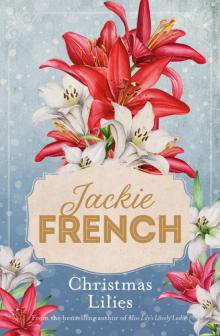 Christmas Lilies
Christmas Lilies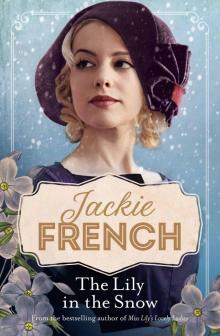 The Lily in the Snow
The Lily in the Snow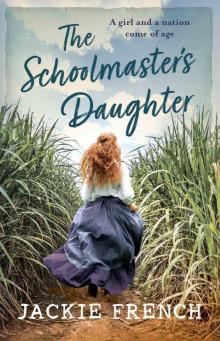 The Schoolmaster's Daughter
The Schoolmaster's Daughter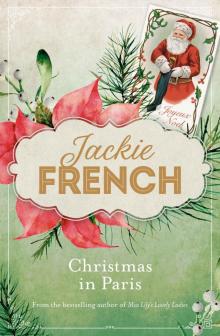 Christmas in Paris
Christmas in Paris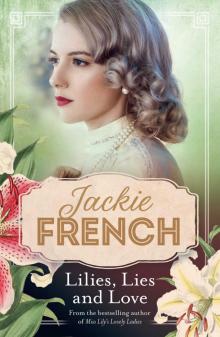 Lilies, Lies and Love
Lilies, Lies and Love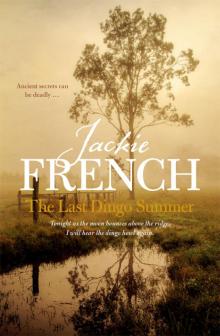 The Last Dingo Summer
The Last Dingo Summer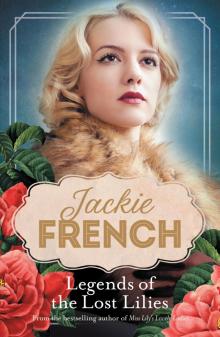 Legends of the Lost Lilies
Legends of the Lost Lilies Just a Girl
Just a Girl Pirate Boy of Sydney Town
Pirate Boy of Sydney Town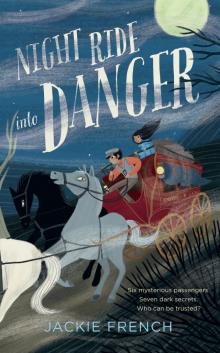 Night Ride into Danger
Night Ride into Danger The Secret of the Youngest Rebel
The Secret of the Youngest Rebel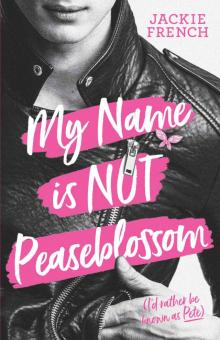 My Name is Not Peaseblossom
My Name is Not Peaseblossom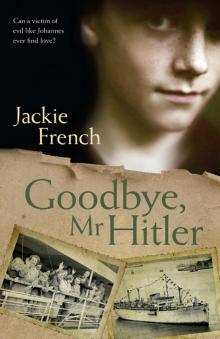 Goodbye, Mr Hitler
Goodbye, Mr Hitler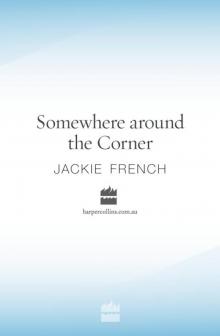 Somewhere around the Corner
Somewhere around the Corner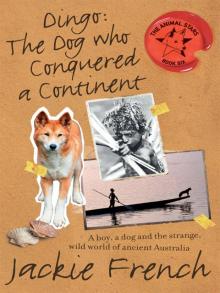 Dingo: The Dog Who Conquered a Continent
Dingo: The Dog Who Conquered a Continent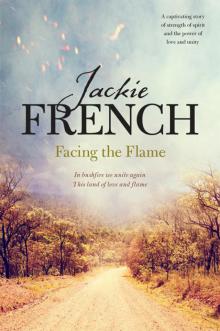 Facing the Flame
Facing the Flame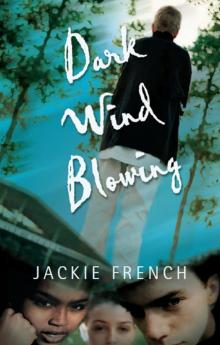 Dark Wind Blowing
Dark Wind Blowing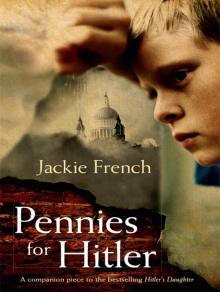 Pennies For Hitler
Pennies For Hitler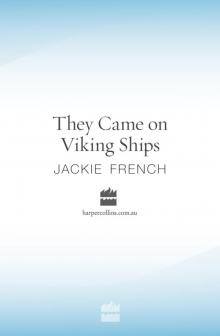 They Came On Viking Ships
They Came On Viking Ships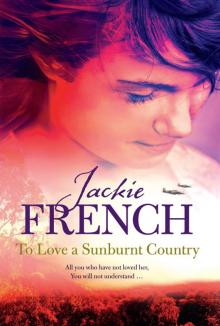 To Love a Sunburnt Country
To Love a Sunburnt Country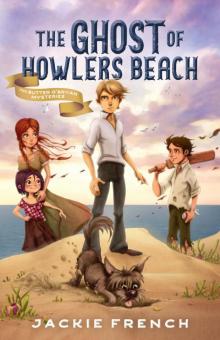 The Ghost of Howlers Beach
The Ghost of Howlers Beach The Girl from Snowy River
The Girl from Snowy River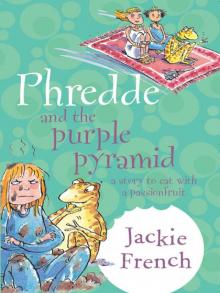 Phredde and the Purple Pyramid
Phredde and the Purple Pyramid The Secret of the Black Bushranger
The Secret of the Black Bushranger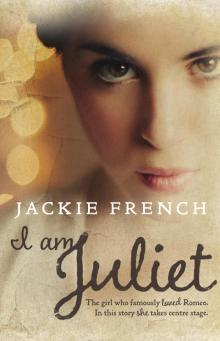 I Am Juliet
I Am Juliet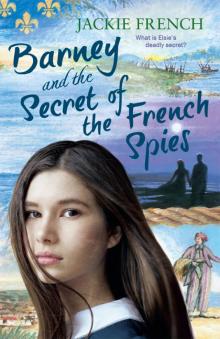 Barney and the Secret of the French Spies
Barney and the Secret of the French Spies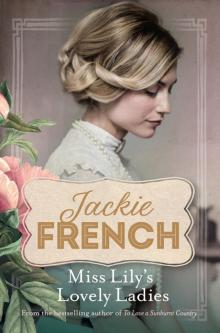 Miss Lily’s Lovely Ladies
Miss Lily’s Lovely Ladies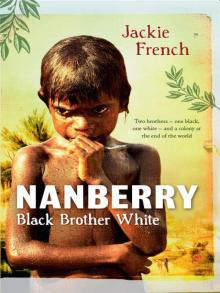 Nanberry
Nanberry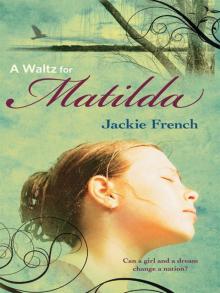 A Waltz for Matilda
A Waltz for Matilda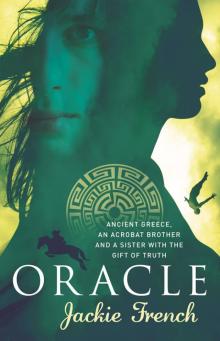 Oracle
Oracle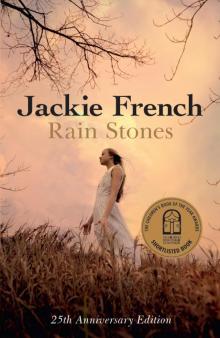 Rain Stones 25th Anniversary Edition
Rain Stones 25th Anniversary Edition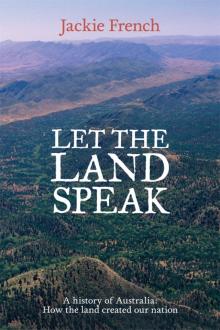 Let the Land Speak
Let the Land Speak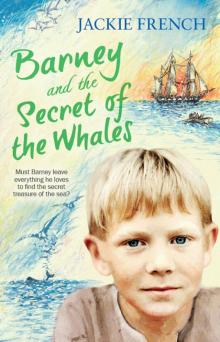 Barney and the Secret of the Whales
Barney and the Secret of the Whales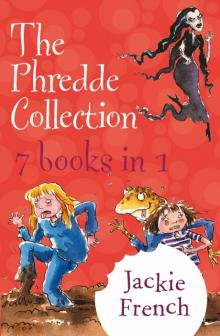 The Phredde Collection
The Phredde Collection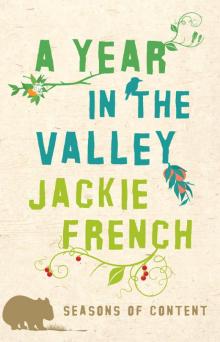 Year in the Valley
Year in the Valley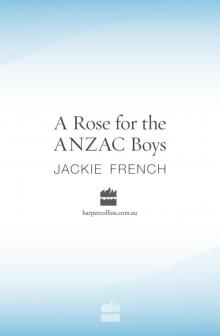 A Rose for the Anzac Boys
A Rose for the Anzac Boys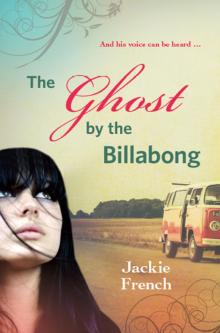 The Ghost by the Billabong
The Ghost by the Billabong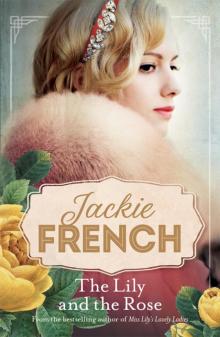 The Lily and the Rose
The Lily and the Rose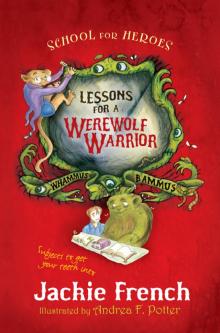 Lessons for a Werewolf Warrior
Lessons for a Werewolf Warrior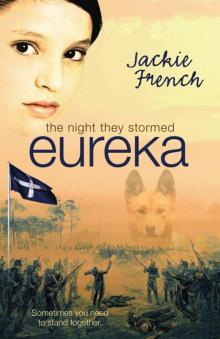 The Night They Stormed Eureka
The Night They Stormed Eureka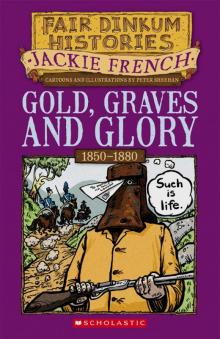 Gold graves and glory
Gold graves and glory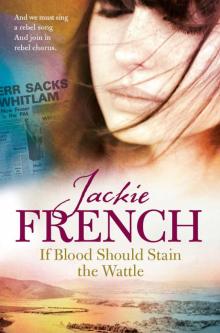 If Blood Should Stain the Wattle
If Blood Should Stain the Wattle The Book of Horses and Unicorns
The Book of Horses and Unicorns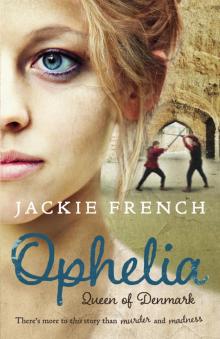 Ophelia
Ophelia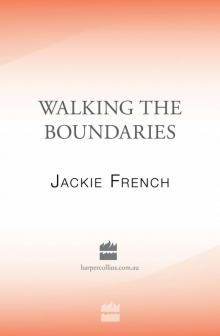 Walking the Boundaries
Walking the Boundaries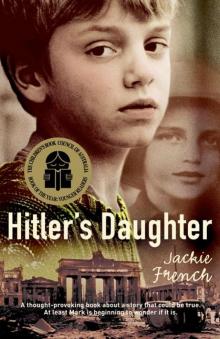 Hitler's Daughter
Hitler's Daughter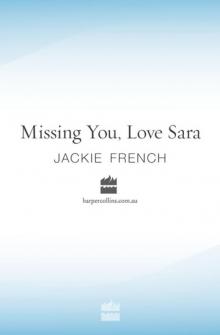 Missing You, Love Sara
Missing You, Love Sara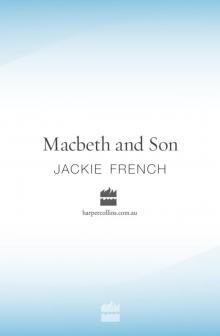 Macbeth and Son
Macbeth and Son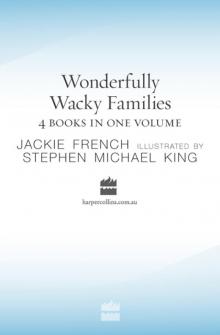 Wonderfully Wacky Families
Wonderfully Wacky Families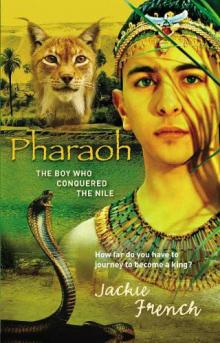 Pharaoh
Pharaoh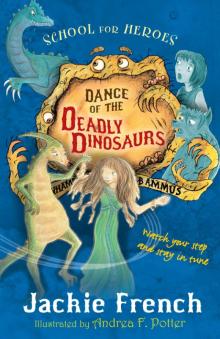 Dance of the Deadly Dinosaurs
Dance of the Deadly Dinosaurs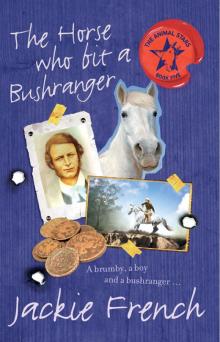 The Horse Who Bit a Bushranger
The Horse Who Bit a Bushranger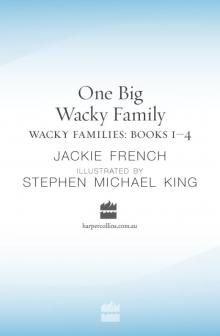 One Big Wacky Family
One Big Wacky Family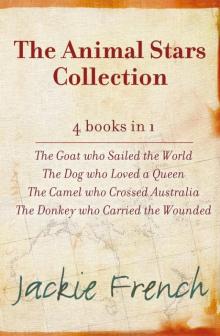 The Animal Stars Collection
The Animal Stars Collection Refuge
Refuge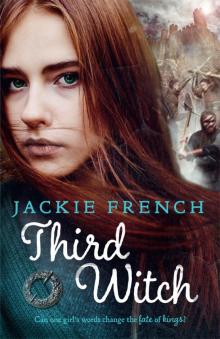 Third Witch
Third Witch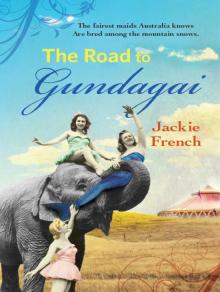 Down the Road to Gundagai
Down the Road to Gundagai